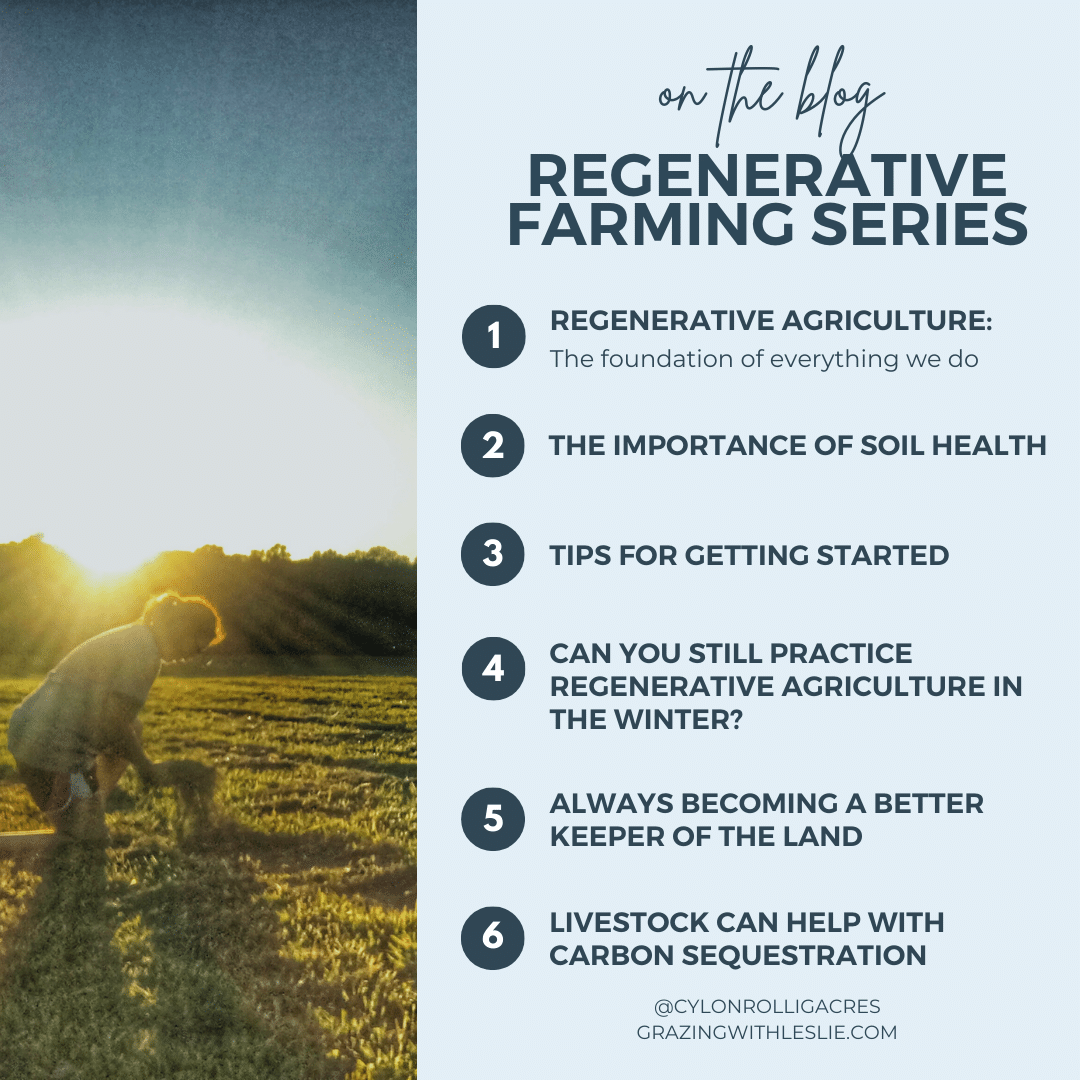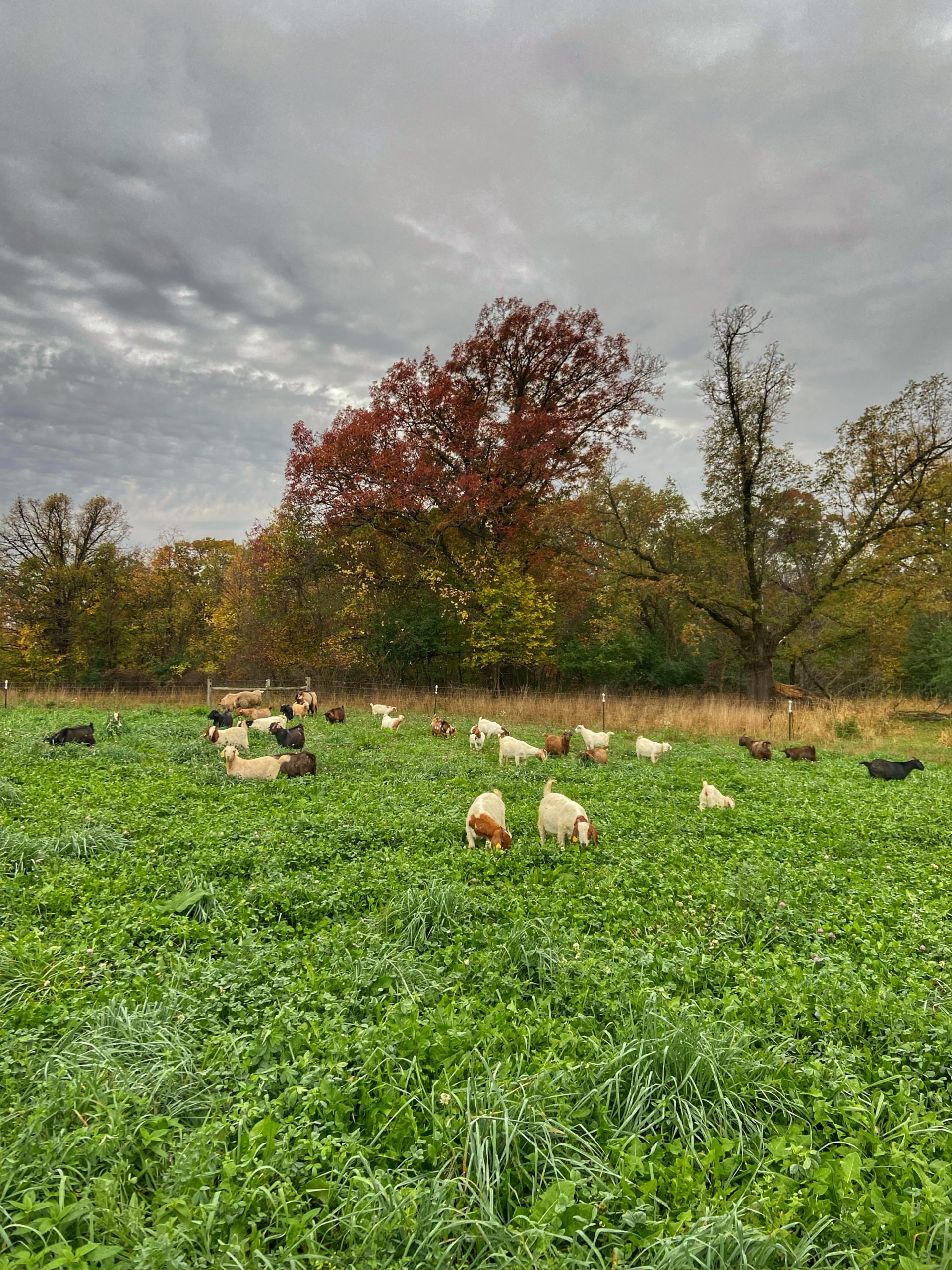On our farm, much like many across the region, the trend to pull livestock off the land started to happen about 60 years ago. For our farm, that noted the beginning of our oak savanna grassland no longer seeing livestock.
That part of our farm came to the mercy of invasive species, particularly buckthorn, prickly ash, and others. So much in that the oaks are now in a position to no longer regenerate due to the additional “tree cover” from these invasives, well as leading to a lack of understory grasses or native forages for wildlife. Taking animals off this land actually caused its degradation.
This is one example, but in a larger context, it could be compared to the loss of the bison who grazed our lands a long time ago and changes in wildlife patterns which led to less animal action on the land with their hooves and mouths. These animals would graze in an area and then move on to another spot. That action helps encourage the regrowth of more desirable (edible) plants.
Note: This practice of animals on the land is not based on continuous grazing (leaving livestock in one area for the whole season), but rather managed or adaptive, multi paddock grazing, where livestock are moved to new paddocks (sections of the pasture) on a regular basis, usually daily.
When the land is managed correctly with livestock, it benefits wildlife and can help impact carbon sequestration. This is done by producing more carbon from the roots in the form of exudates that feed soil microbes, which then produce organic matter for the soil (Strickler, 2021).
How Grazing Systems Affect Soil Carbon Sequestration
Grazing System // Tons CO2 Equivalent/Acre
- Adaptive, multi paddock // 188.13
- Heavy continuous // 105.07
- Light continuous // 81.09
Source: Teague, W.R., et al., 2011).
It’s so interesting to see how livestock can be a part of the solution to help sequester carbon.
References:
Teague, W.R., Dowhower, S. L., Baker, S.A., Haile, N., DeLaune, P.B., and Conover, D.M. (2011). Grazing management impacts on vegetation, soil biota and soil chemical, physical and hydrological properties in tall grass prairie, Agriculture, Ecosystems, and Environment. 141: 310-322.
Strickler, D. (2021). The Complete Guide to Restoring Your Soil. Storey Publishing.


[…] Livestock can help with carbon sequestration […]